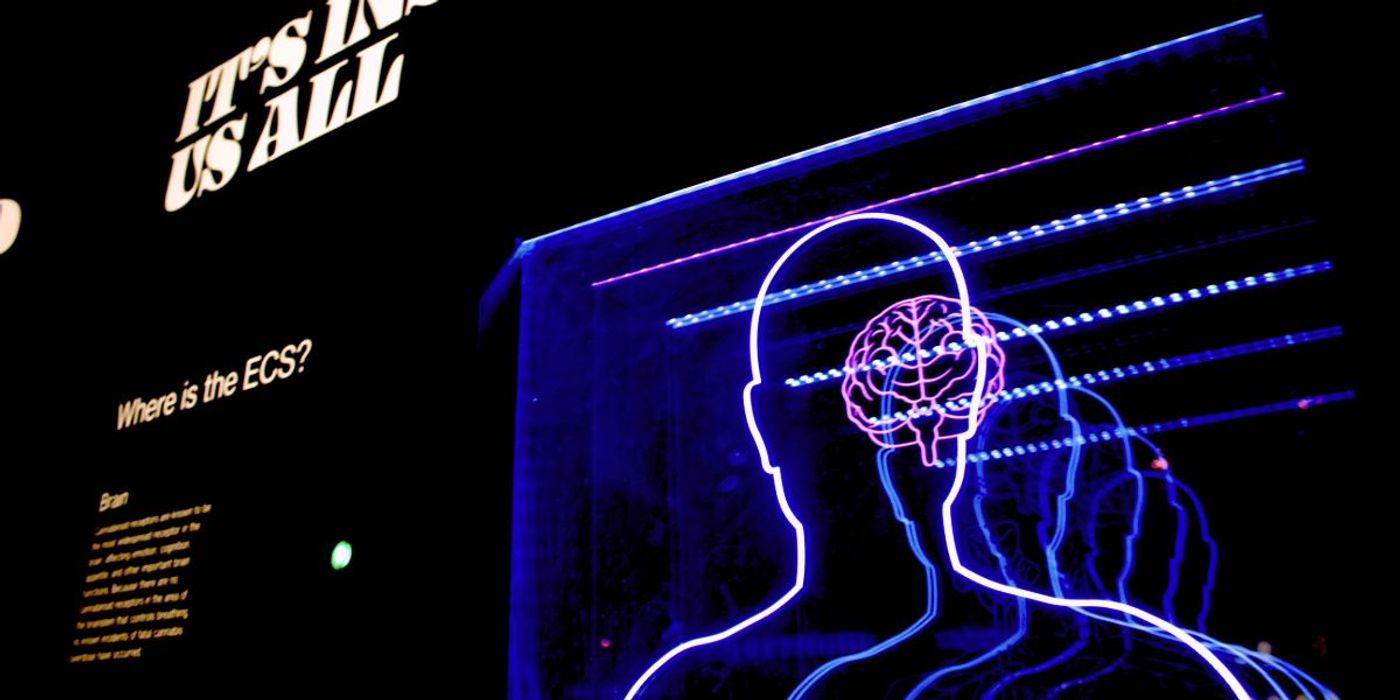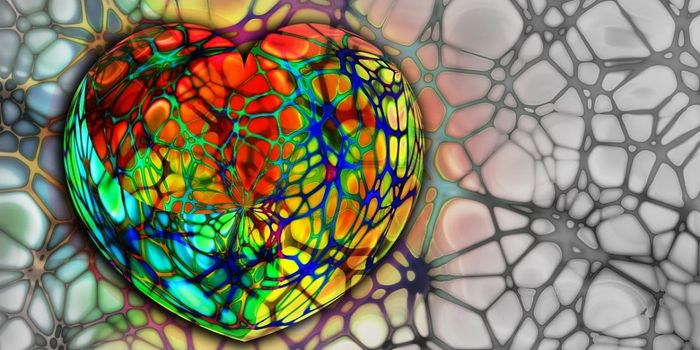Researchers Use Silicon to Record Electrical Signals Between Neurons
Researchers from Stanford University have created a way to connect the brain directly to silicon-based technologies. Hoping to assist the development of medical technologies such as prosthetics and devices that assist speech and vision, the researchers say that their tool is less intrusive than current options.
Abdulmalik Obaid, one of the study’s authors, said, “Nobody has taken these 2D silicon electronics and matched them to the three-dimensional architecture of the brain before...We had to throw out what we already know about conventional chip fabrication and design new processes to bring silicon electronics into the third dimension. And we had to do it in a way that could scale up easily.”
Based on modified silicon chips from cameras, the new device makes use of an array of microwires, each at the width of a half the thinnest human hair. These wires are gently inserted into the brain and directly connected to a silicon device outside. The new device is then used to record the brain’s electrical activity as it passes between the wires. Currently, it is made up of hundreds of microwires, although the researchers say that such devices of the future may contain thousands.
Co-senior author of the research, Nick Melosh, said, “Electrical activity is one of the highest-resolution ways of looking at brain activity...With this microwire array, we can see what’s happening on the single-neuron level."
At present, the device has only been tested on isolated retinal cells from rats and mice. Although having received meaningful signals from both animals, it is nevertheless some way off from being tested on humans. The researchers nevertheless hope to test their device on animals in longer-term studies, and investigate other kinds of data their device may be able to detect as well as how long it can remain in the brain. In particular, the researchers are interested in seeing what these signals can reveal about how we learn.
Co-author of the paper, Jun Ding, said “The design of this device is completely different from any existing high-density recording devices, and the shape, size and density of the array can be simply varied during fabrication. This means that we can simultaneously record different brain regions at different depths with virtually any 3D arrangement...If applied broadly, this technology will greatly excel our understanding of brain function in health and disease states.”
Sources: Interesting Engineering, Stanford University, Science Advances









